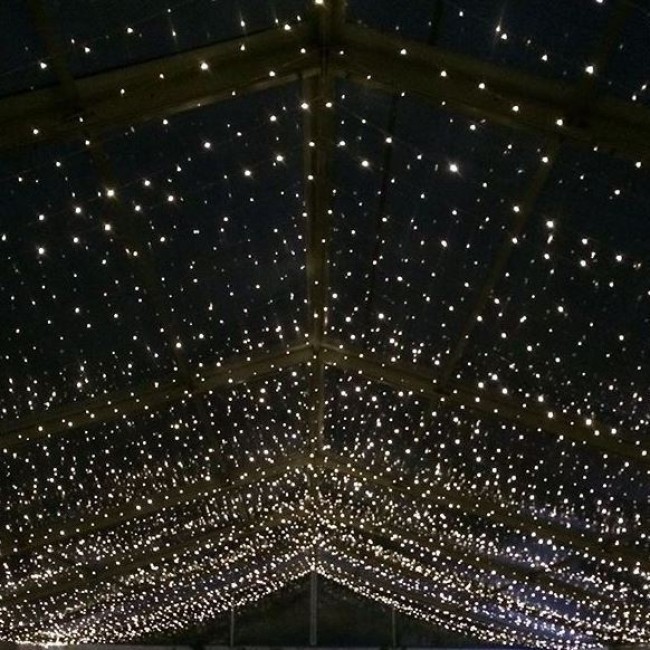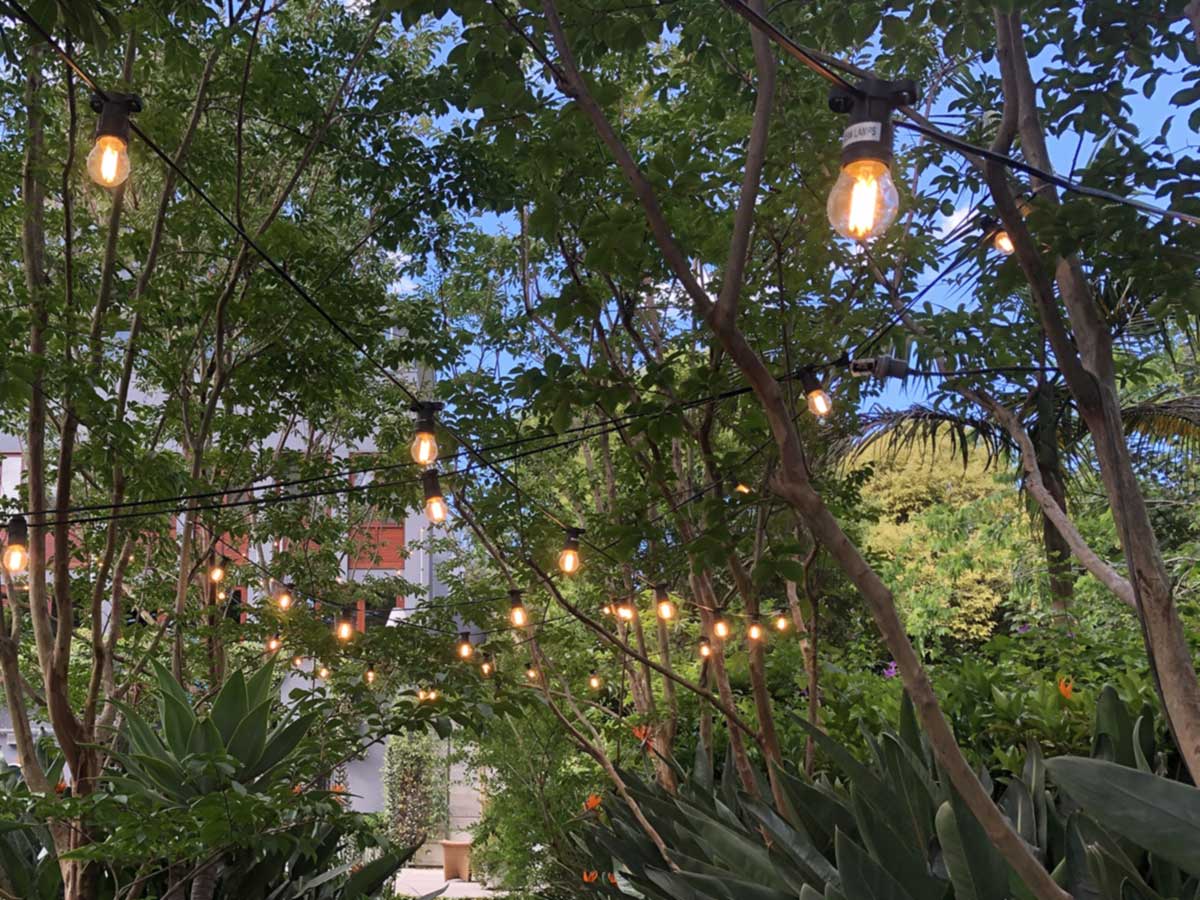We use cookies to make your experience better. To comply with the new e-Privacy directive, we need to ask for your consent to set the cookies. Learn more.
Outdoor Event Lighting: Overcoming Challenges and Maximizing Impact

Introduction:
Outdoor events offer a distinct charm and atmosphere, but the task of achieving the ideal lighting can be challenging. The proper use of outdoor event lighting enhances visibility as well as creates a memorable atmosphere at the event. This article aims to examine the challenges associated with outdoor event lighting and provide a number of insights into how to make these lights as effective as possible.
Challenges:
1.Variable Weather Conditions:
Outdoor events are subject to unpredictable weather conditions. Rain, wind, and extreme temperatures may threaten lighting equipment. Invest in weather-resistant lighting fixtures to overcome this challenge and develop contingency plans. Using tents or protective covers will ensure the equipment is protected from adverse weather conditions, thereby ensuring a seamless event no matter the weather.
2.Power Supply Limitations:
Some outdoor venues do not have adequate power sources, which restricts the types and numbers of lights that can be used. Utilize energy-efficient LED lights that require less power and consider using generators as an additional power supply. Ensure that the power setup is planned and tested in advance to avoid disruptions during the event.
3.Spatial Considerations:
The layout of the outdoor venue can be complex, making it challenging to illuminate every corner effectively. Strategically place lights to highlight key areas such as entrances, stages, and walkways to create a balanced and immersive environment. Utilize a combination of uplights, spotlights, and string lights.

4.Light Pollution Concerns:
An illuminated event space must be balanced with the minimization of light pollution. A directional lighting fixture and shields can be used to direct light where needed without unnecessary harm to the surrounding environment, which enhances the event experience as well as demonstrates the organization's stewardship of the environment.
5.Aesthetic Cohesion:
Especially when dealing with diverse architectural elements or natural landscapes, it can be difficult to achieve an aesthetically pleasing and coherent lighting design. Ensure that your lighting plan complements the venue's features while also considering the event's theme. Consistency in colour schemes and intensity will help to create a cohesive and visually appealing environment.
Maximizing Impact:
1.Create Focal Points:
Make use of lighting to create focal points within the event space by identifying key areas of interest. Enhance the overall visual appeal by illuminating architectural elements like stages, focal points, and artwork. Various lighting angles can be used to enhance textures and create a dynamic ambience.
2.Dynamic Lighting Sequences:
Add excitement and energy to the event by incorporating dynamic lighting sequences. Use programmable LED lights to create colour-changing effects or patterns matching the theme and entertainment of the event. Besides captivating attendees, dynamic lighting can also be used as a versatile tool to adapt to various stages of an event as it progresses.
3.Utilize Natural Elements:
Enhance the venue's charm with your lighting design by incorporating natural elements into it. Highlight trees, water features, or architectural details with subtle and strategically placed lights. This not only enhances the visual experience but also enhances the natural beauty of the outdoors.
4.Customize for Different Event Phases:
Consider the different phases of the event, such as arrival, main activities, and departure. Adapt lighting intensity and colours according to each phase's mood and purpose. A transition from vibrant and dynamic lighting during performances to softer, ambient lighting during dinner or networking sessions can greatly enhance the overall experience.
5.Test and Rehearse:
A thorough testing and rehearsal of the lighting setup should be conducted before the event. This includes verifying the placement of fixtures, testing different lighting scenarios, and ensuring proper synchronization of dynamic sequences. The rehearsal should be conducted to ensure a flawless lighting experience during the event.
Conclusion:
While outdoor event lighting presents unique challenges, with careful planning and creativity, these challenges can be overcome to maximize impact. Event organizers can create visually stunning and memorable event experiences using weather-resistant fixtures, strategic placement, and creative design. Wwave provides lighting and visual systems to all major Australian cities, including Darwin, Canberra, Adelaide, Perth, Brisbane, and Sydney.
